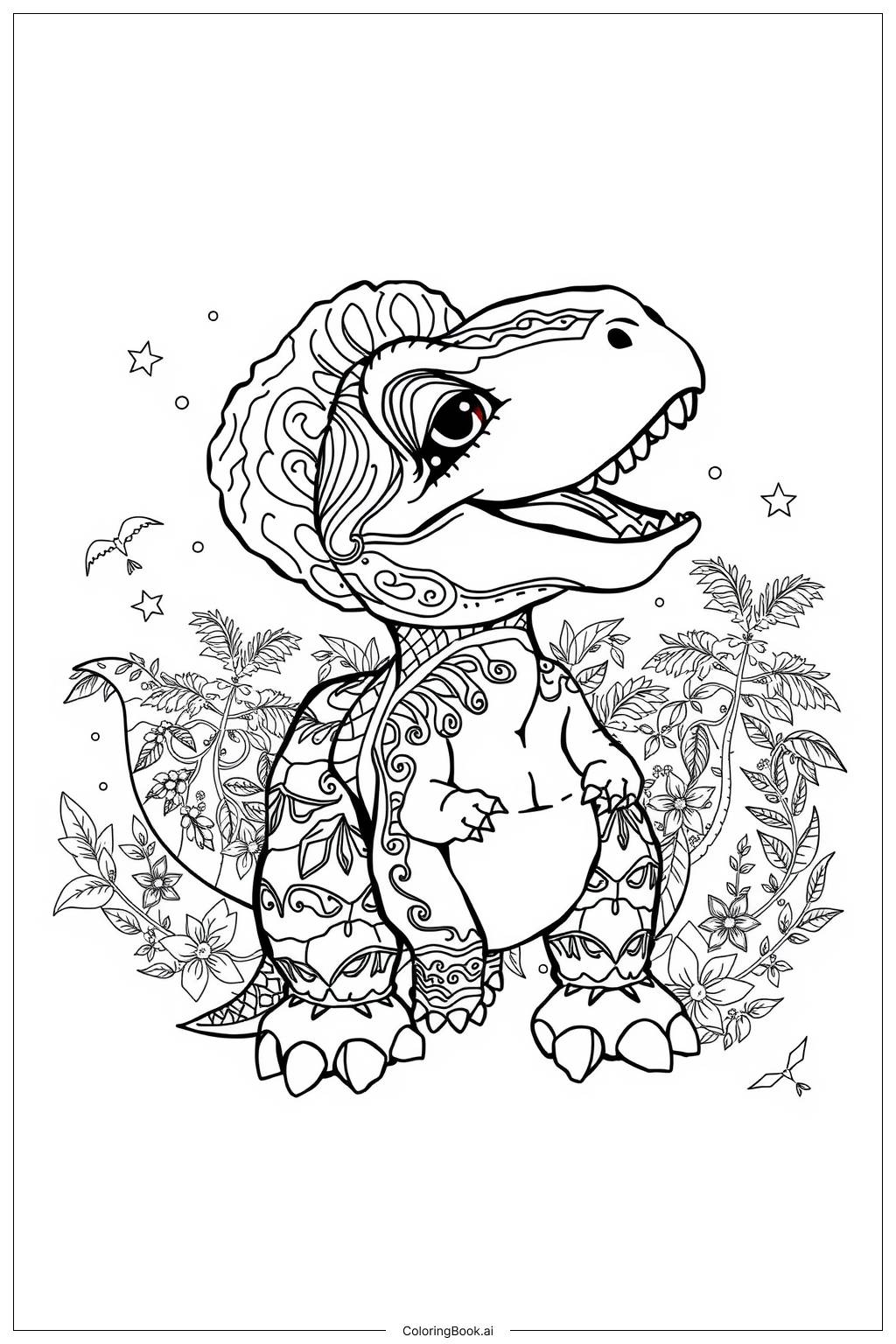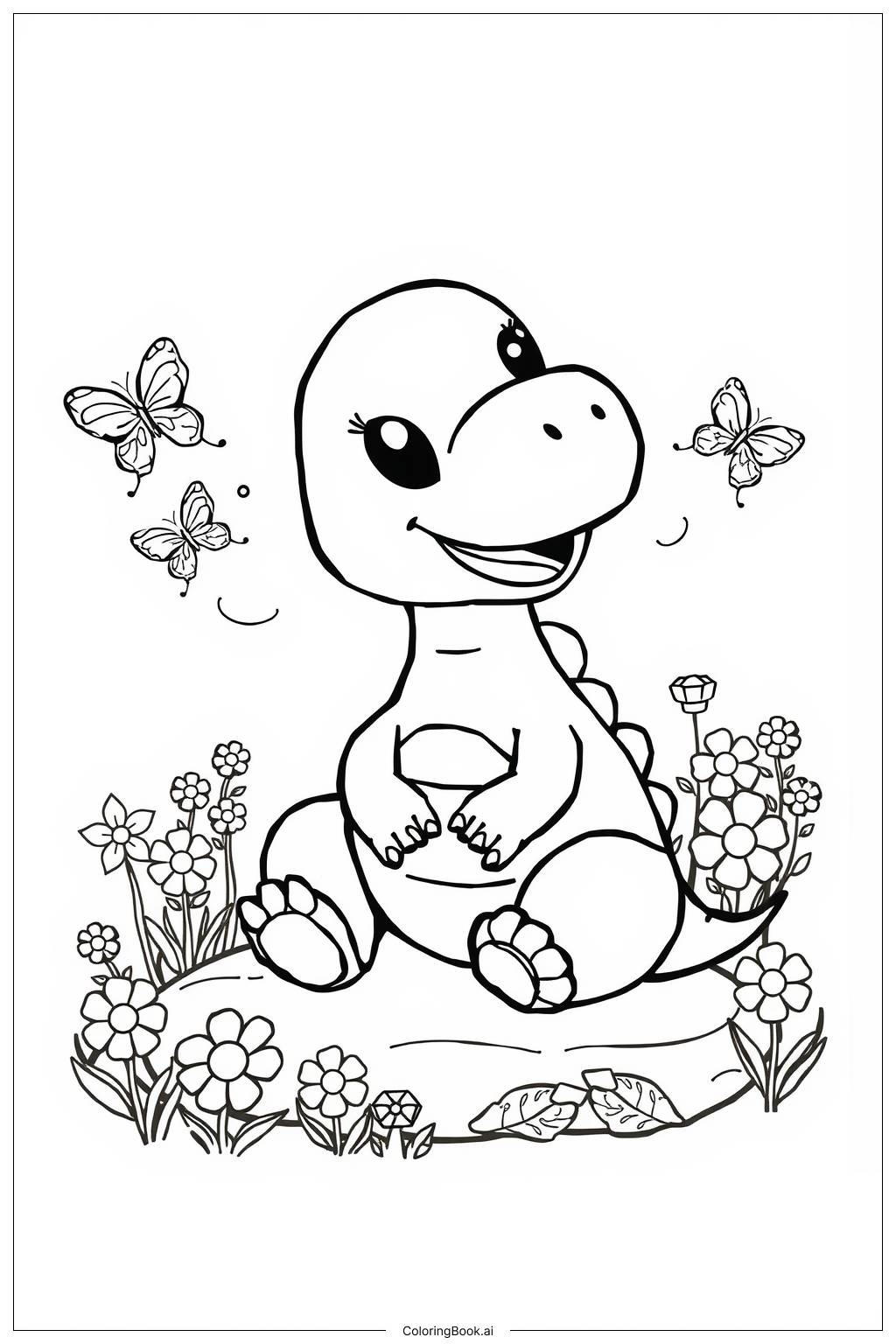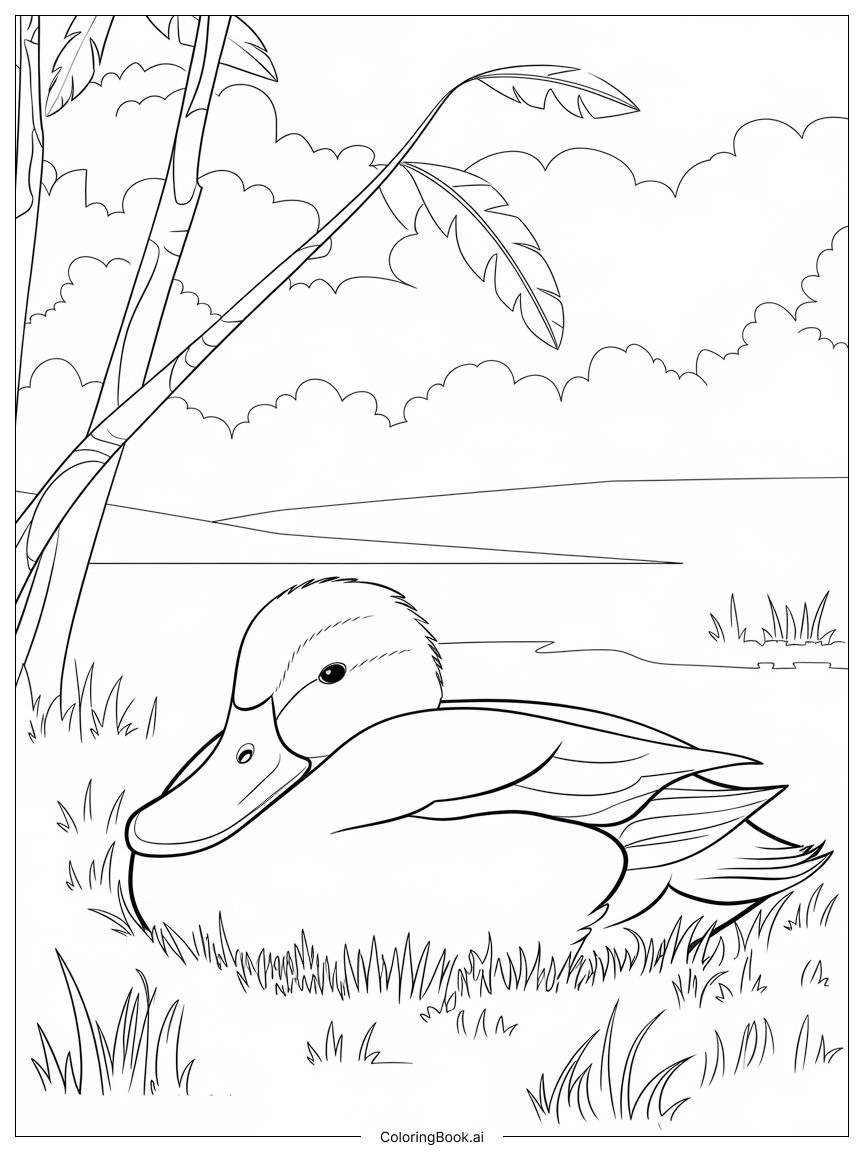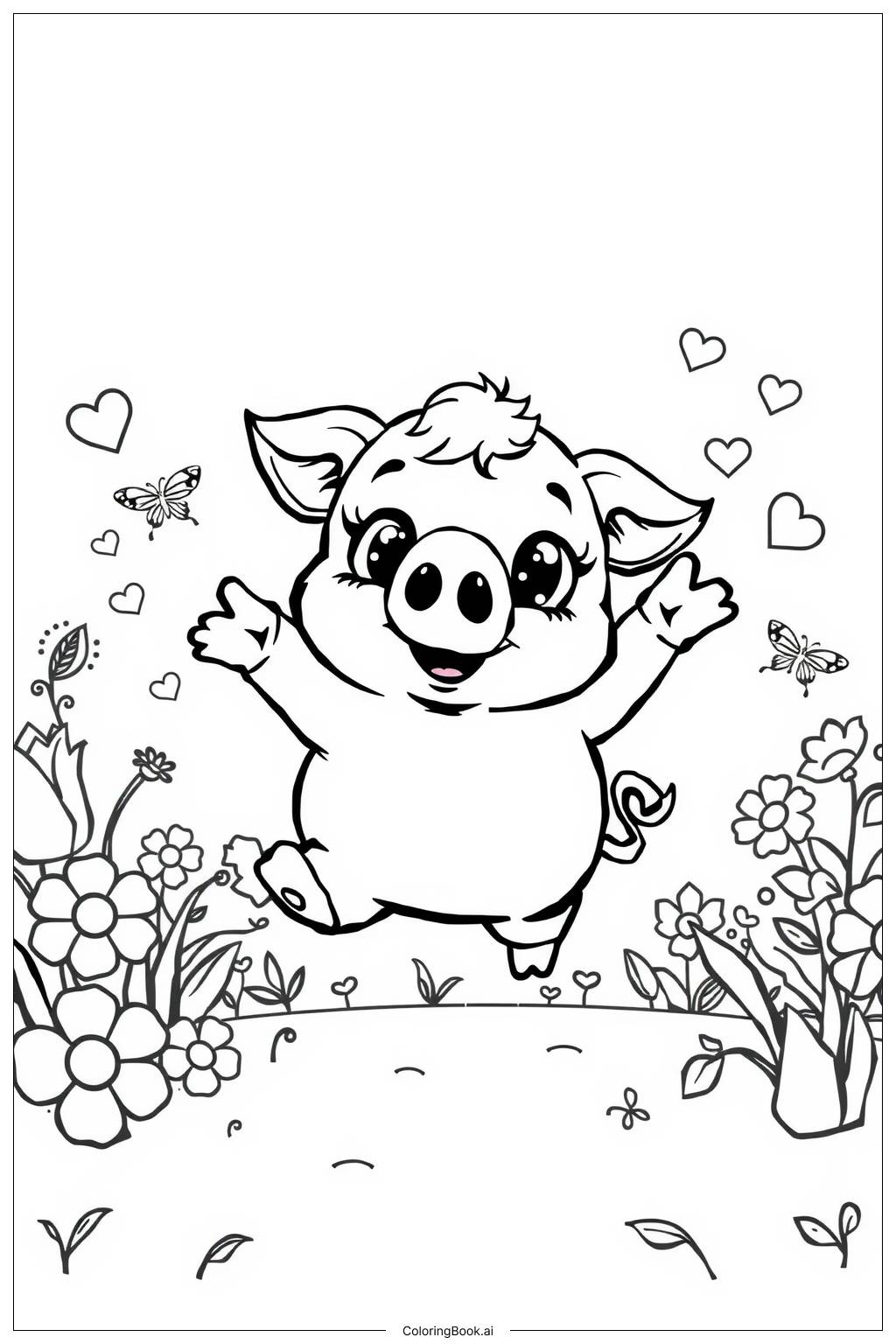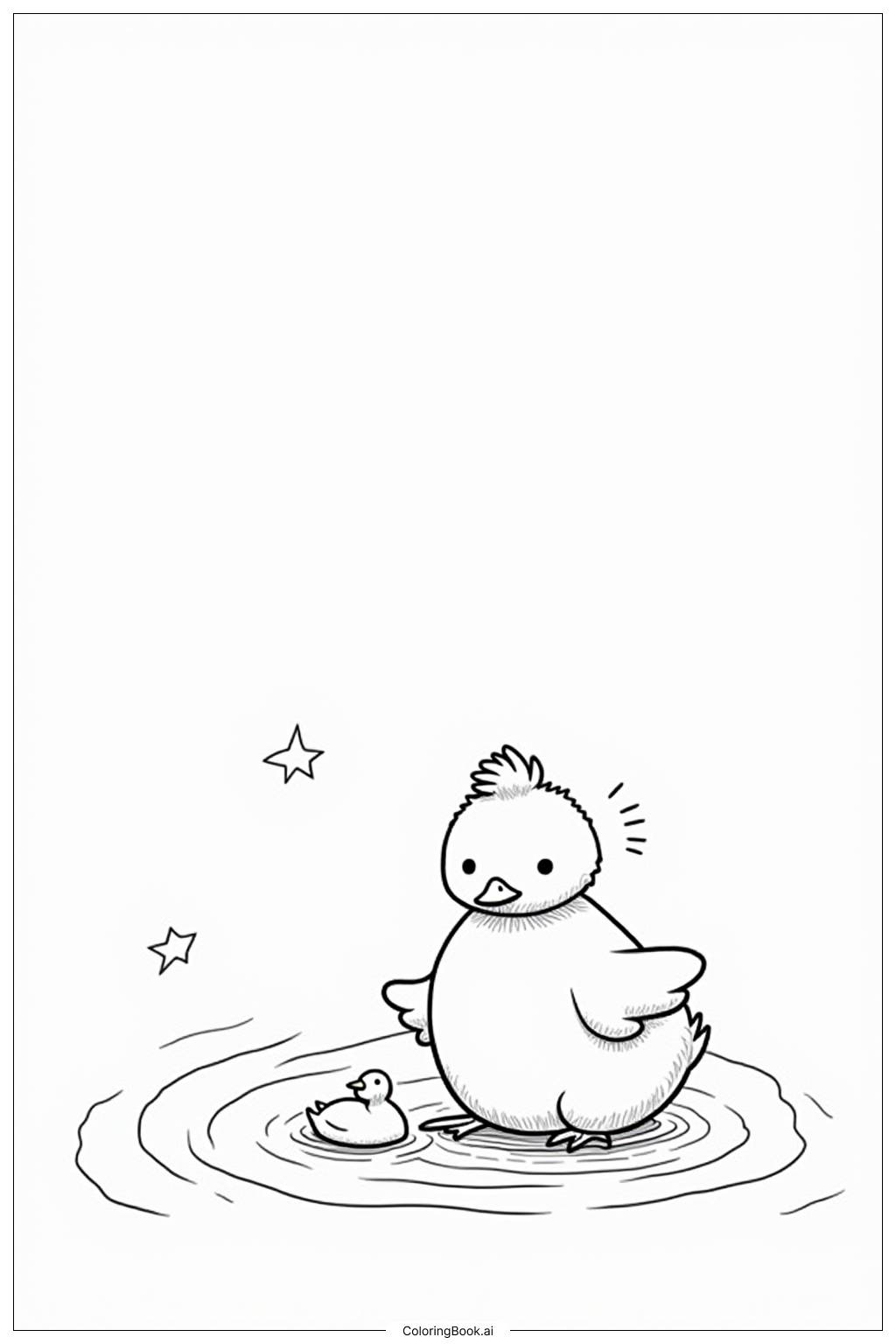Coloring tips: How to color dinosaur baby coloring page well?
When coloring the baby dinosaur, consider using bright greens, yellows, or even blues to make it stand out. Adding lighter shades can give the dinosaur a soft, cute look. For the leaves and palm trees, use various shades of green for depth and realism. The ground can be colored in browns and grays, while the stones can be different colors to add variety. Encourage kids to blend colors for shadows and highlights for a more vibrant effect. Don't forget to use a bright color for the dinosaur's eyes to make them pop!
Coloring challenges: Which parts are difficult to color and need attention for dinosaur baby coloring page?
1. Small Details: The dinosaur has small features like its fingers and spines, which may require careful coloring to avoid messiness. Kids should use sharp coloring tools for precision. 2. Blending Colors: Achieving a smooth blend, especially on the dinosaur's body and in the leaves, can be tricky. Encouraging practice on scrap paper may help. 3. Shadows and Highlights: Understanding where to place darker colors for shadowing and where to add lighter shades for highlights might be challenging for younger children. 4. Color Selection: Choosing the right colors can be daunting. Kids might feel unsure about what colors to use for the dinosaur and the background, needing guidance to help them make fun and creative choices.
Benefits of coloring books: Advantages of drawing dinosaur baby coloring page
Coloring this baby dinosaur page offers many benefits for children. It promotes creativity, allowing kids to express themselves through color choices. Coloring also enhances fine motor skills as children practice holding and controlling crayons or markers. It encourages focus and concentration, helping them to sit and work on a task. Additionally, coloring provides a sense of accomplishment once the page is filled with vibrant colors, boosting self-esteem. Finally, coloring can be a great way for children to relax and unwind.




